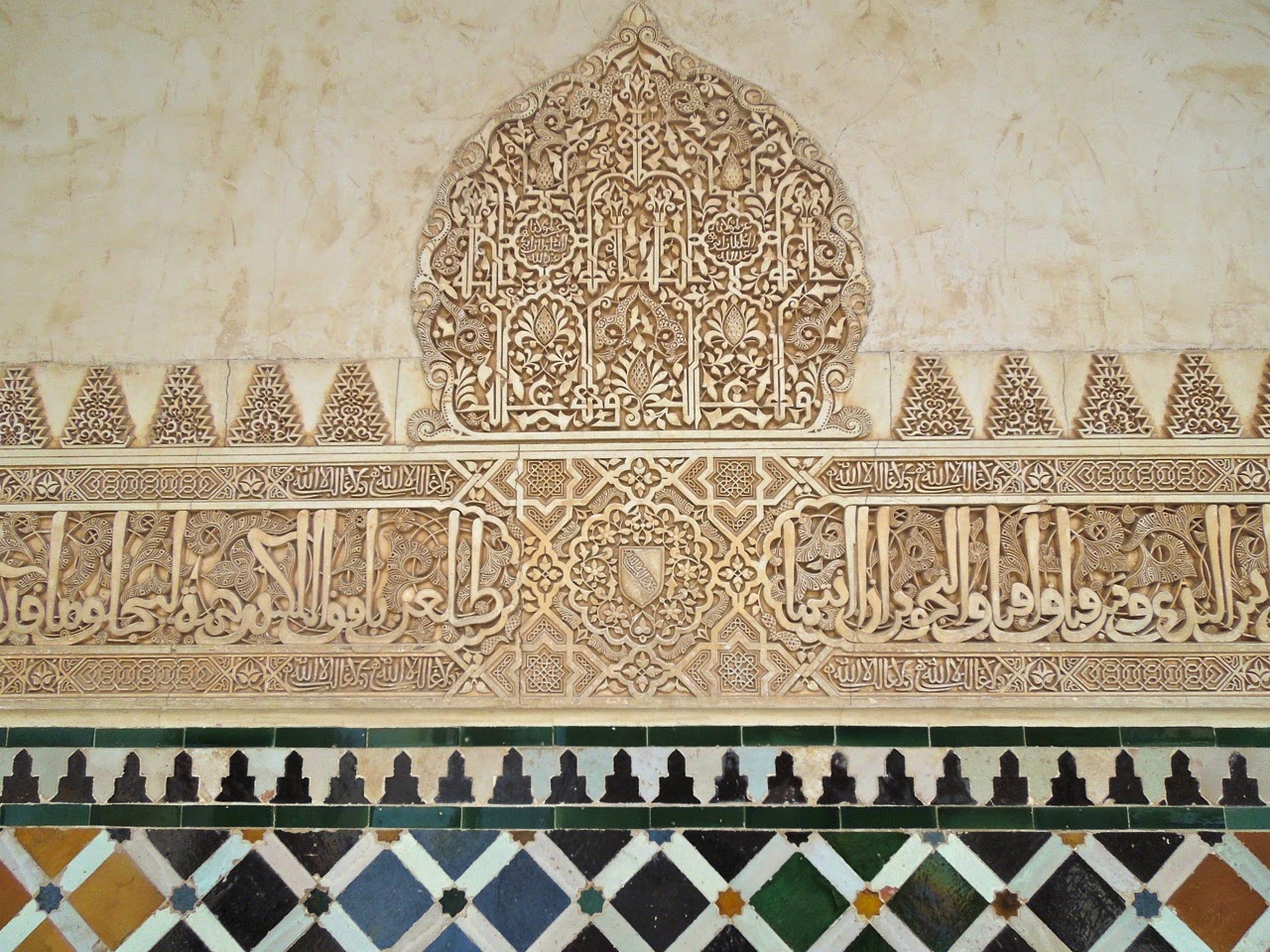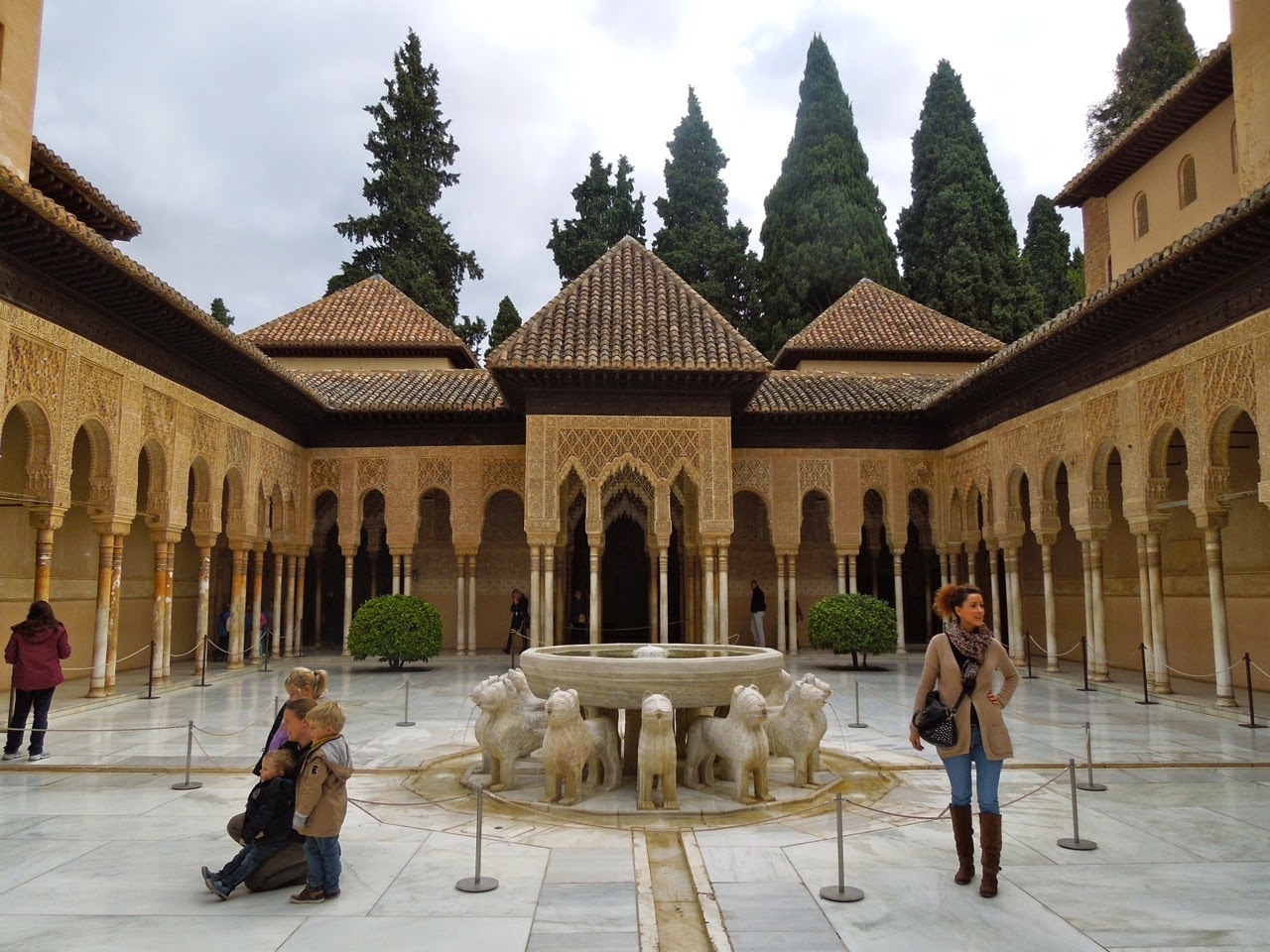Now that the sale of the century (thus far) has ended, Mrs. Paul Mellon at Sothebys, we can all sit back from the hysteria and try to learn from this extraordinary taste-maker. I read from both camps, that the items were just 'ordinary' and/or worn and then also that they were of the highest quality and perfection. For what it's worth, I heartily agree with those who found the sale overwhelmingly good.
While I never got further than my auction catalogs, friends of mine attended the sale (and texted me these pictures) and attested that though the furniture was indeed not top notch condition (of course not, it is essentially used/2nd hand furniture!) there was no question to the quality of the items; in particular the details which is where this kind of simple perfection excels.
Even the simplest upholstered pieces featured astounding couture details; from ruffled trims to coordinated buttons. Even the boxed upholstery of the (blurry) French chairs below had squared cushions to match their frames.
Thanks to Josh for sending me these images from the sale. Now that the auction has ended the discussions will mostly be of the (boring to me)monetary values placed on the items. These high prices achieved attest to the level of taste acquired by an aesthete in her 103 years and may we all now try to learn a bit from her years of wisdom.
While I never got further than my auction catalogs, friends of mine attended the sale (and texted me these pictures) and attested that though the furniture was indeed not top notch condition (of course not, it is essentially used/2nd hand furniture!) there was no question to the quality of the items; in particular the details which is where this kind of simple perfection excels.
Even the simplest upholstered pieces featured astounding couture details; from ruffled trims to coordinated buttons. Even the boxed upholstery of the (blurry) French chairs below had squared cushions to match their frames.
Thanks to Josh for sending me these images from the sale. Now that the auction has ended the discussions will mostly be of the (boring to me)monetary values placed on the items. These high prices achieved attest to the level of taste acquired by an aesthete in her 103 years and may we all now try to learn a bit from her years of wisdom.
















































